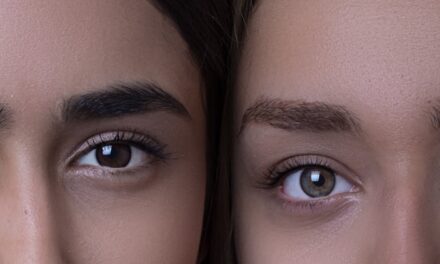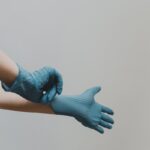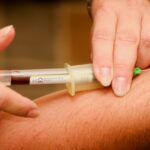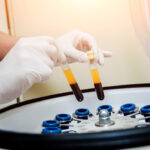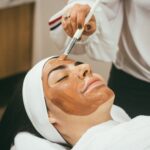Demand has steadily increased for non-surgical treatments including non-invasive rhinoplasty procedures, according to WhatClinic.com.
The new research also revealed interest in cosmetic surgery procedures is down by 5 per cent over the past year, mirroring the British Association of Aesthetic Plastic Surgeons (BAAPS) statistics released earlier this year.
Enquiries for non-surgical rhinoplasty in particular increased by 29 per cent and is the fastest growing cosmetic trend of the last year, particularly among those aged 18 to 24.
 Cosmetic nose surgery, or rhinoplasty, is still an appealing option for those seeking a more dramatic change as volume of interest remained higher than for non-surgical nose job treatment, with 20,426 visitors to the healthcare search engine site versus 18,388 in the past 12 months. However, interest in this surgical procedure dropped by 5 per cent in the past year.
Cosmetic nose surgery, or rhinoplasty, is still an appealing option for those seeking a more dramatic change as volume of interest remained higher than for non-surgical nose job treatment, with 20,426 visitors to the healthcare search engine site versus 18,388 in the past 12 months. However, interest in this surgical procedure dropped by 5 per cent in the past year.
Rhinoplasty has an average price tag of £3,583, which is over 10 times the price of a more subtle non-surgical nose treatment which costs £339, on average.
The percentage of women seeking non-surgical nose jobs was significantly higher at 85 per cent compared to 75 per cent of those looking for the surgical option.
Dermal fillers topped the list of non-surgical treatments and are also on the rise as a fast growing trend, with traffic up 16% in the past year. Traffic remained high for lip augmentation and spider vein treatment despite a decrease compared to the previous 12 months.
Demand is down for all top five surgical cosmetic procedures listed on WhatClinic.com, which is in keeping with the recent British Association of Aesthetic Plastic Surgeons findings which found that the number of invasive cosmetic surgery procedures in 2016 was the lowest in almost a decade.
However, BAAPS members saw an increase in non-surgical treatments, showing that Brits are looking for more cost-effective, and less-invasive, aesthetic improvements.
Liposuction remained the most popular surgical cosmetic procedure over the past year, despite a decrease of 6% in traffic. Breast implants, at number three, experienced the highest volume of interest of the surgical procedures (36,609 visitors) but saw a huge decrease in traffic over the past 12 months, down by 31%.
Commenting on the data trends, Phillip Boyle, Head of Consumer Matters for WhatClinic said:
“What we’re seeing on the site is an increase in demand for less invasive, non-surgical treatments that can help patients get the aesthetic change they’re looking for, without the cost or recovery time required of cosmetic surgery.
“Interest in surgical procedures is still very much there, but there are now more options for patients, especially for those who want to make minor improvements and subtle changes. With more options comes more choice and it’s important that patients read reviews, compare prices, and research medical experts in order to make the best, most informed decision for their treatment needs.”
In February it was revealed the number of Britons undergoing cosmetic surgery in 2016 was the lowest in nearly a decade, with a climate of global unrest and ‘bad news overload’ leaving patients prioritising stability and comfort over big life changes.
The BAAPS stats revealed that the number of cosmetic ops last year dropped 40 per cent since reaching record-breaking heights in 2015.
For the first time in almost a decade of relatively consistent growth, cosmetic surgical procedure totals for women and men combined dipped below 31,000 – with 2016’s totals 5 per cent less than those in 2007.
Consultant plastic surgeon and former BAAPS President Rajiv Grover said in February:
“In a climate of global fragility, the public are less likely to spend on significant alterations and become more fiscally conservative, by and large opting for less costly non-surgical procedures such as chemical peels and microdermabrasion, rather than committing to more permanent changes.”

